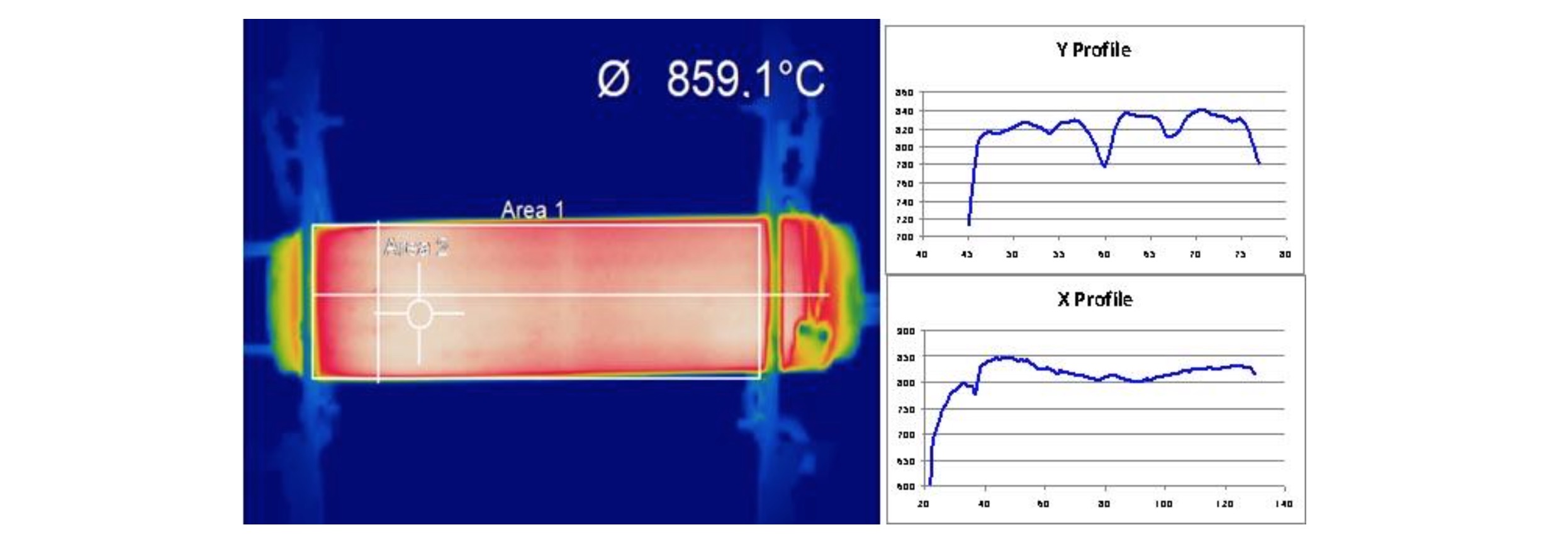A few weeks ago Steorn’s HephaHeat site threw up a construction sign as they get ready for a new phase. HephaHeat is a line of inline water heaters employing inductive heat and developed by the Irish engineering firm . The HephaHeat technology is purportedly based upon Steorn’s Orbo technology. See 2012 blog entries from Aug 3 and July 20.
CEO Shaun McCarthy recently mentioned in a forum that the coming weeks would be very interesting. Of course, Steorn’s Orbo-tech was mentioned in my book Gravity 2.0 as one of two possible avenues for providing continuous power for gravity-like field generators, the other being LENR (low [lattice] energy nuclear reactions). Steorn has backed off on its claims of a coefficient of power (COP) greater than 1 (more energy out than in) as it began developing HephaHeat.
Physicist Brian Ahern, mentioned in those previously cited blog entries, gave a presentation at the recent 2014 CF/LANR Colloquium at MIT on cold fusion (LENR).
The link to his presentation can be found here: http://www.youtube.com/watch?v=0PS2v1kN1U8
Videos of the other conference presenters can be found here: http://coldfusionnow.org/interviews/2014-cflanr-colloquium-at-mit-full-coverage/
Ahern’s presentation, “Nanomagnetism for Energy Production”, proposes that nano-magnetism is perhaps the underlying basis of LENR. He has suggested that asymmetric magnetism within magnetic nanomaterials particles of 5-10nm underlies the effect of LENR due to the manner in which particles contained within a metal lattice oscillate, nanonickel being one of the more recent materials of choice in LENR research.
Asymmetric magnetism has been stated by Steorn as the basis of Orbo, and therefore HephaHeat. Seemingly, the connections between LENR and HephaHeat draw closer. This is important because although the granting of patents for LENR may have been proceeding in Europe and Japan, the US patent office does not grant patents for LENR (ie. cold fusion). However, Steorn has been granted patents in the US for its Orbo magnetic technology.







